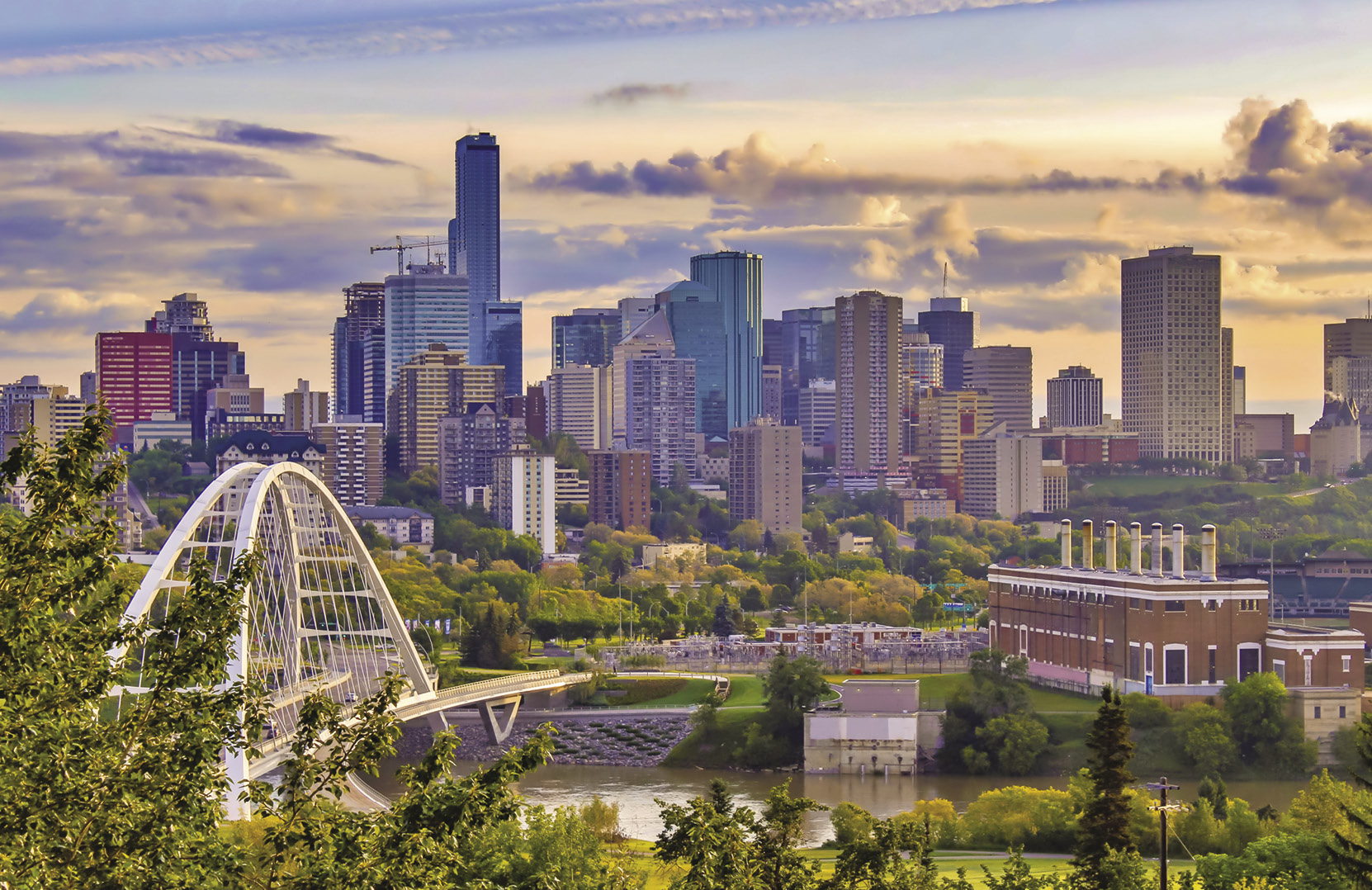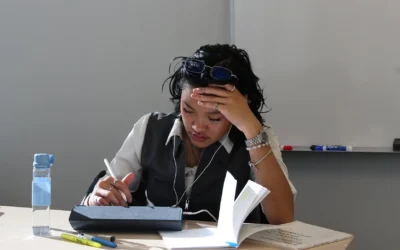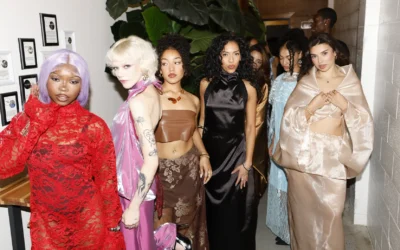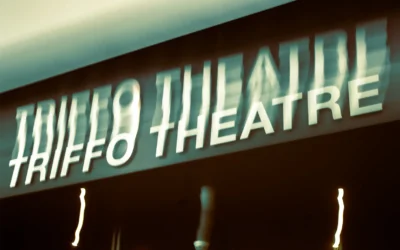“A house,” Chief Billy Morin of Enoch Cree Nation explains, “is walls and a building and a sidewalk — a dwelling to live in. But home is a little bit different.”
As his third term as Chief of Enoch Cree Nation continues, Morin is passionate about providing that sense of home for Indigenous Peoples in Edmonton. That is why he has turned his attention to creating Edmonton’s first urban reserve.
“The first urban reserve in Edmonton’s history is a really unique piece of property,” Morin says. This is not only due to the significance of it being the first urban reserve in the city, but also because there is an immense potential for economic benefit and social good that an urban reserve can provide.
Urban reserves are diverse. They can be almost anything: parks, office towers, universities, or, as is most often the case, commercial residential property. But the unifying aspect in all of these different urban reserves is that they are federal crown land recognized as belonging to a First Nation. Unlike traditional reserves, they are located within or adjacent to a city, and they are seamlessly integrated in the surrounding neighbourhoods or commercial landscape. While there are over 120 urban reserves across Canada, the oldest being Muskeg Lake Cree Nation in Saskatoon (established in 1988), so far, there are none in Edmonton. This is about to change.
A small plot of land sandwiched between the Anthony Henday and the Glastonbury neighbourhood is the backdrop for the first urban reserve project in Edmonton. It won’t be a sprawling commercial complex or a towering office building; in many ways, it’s more significant than that. It’s a gravesite, and Morin says “it’s just going to remain a gravesite.”
The land carries a very meaningful connection for Chief Morin and Enoch Cree First Nation. “It’s really symbolic of reconcilia tion,” Morin says, “this first gravesite, this first (urban reserve), because… our first chief and our ancestors are buried there.” Having that land returned to the First Nation is vital, and more importantly, it is a very tangible step in reconciliation.
Although this project is approved and in the process of being completed, that doesn’t mean it will be obstacle-free. As of right now, the gravesite is still City property, and there will be plenty of other bureaucracy along the way. “I think Edmontonians right now are owed conversations and education on what actual urban reserves are. And that’s just going to take time,” explains Morin. He feels he needs to explain that urban reserves are not free: “This is not something that First Nations are taking tax dollars away from, in fact, we have to pay our fair share. We just call it servicing agreements, (not taxes). And I totally think that’s a fair conversation to have… (but) we’re putting the work in; we’re putting the equity and the investment in on a monetary level but also a social level.”
This urban reserve is a great jumpstart for future projects. “What’s really cool about this first (urban reserve), is that we can design the framework for the City to do more complicated ones in the future,” Morin says passionately. Unlike other Canadian cities such as Saskatoon, the City of Edmonton does not have any policies surrounding urban reserves. This legislation would need to be developed before the gravesite could officially become an urban reserve, but establishing this framework would make subsequent urban reserve projects much easier. Because there are no utilities to worry about, no waste manage ment to configure, and no power and electricity to manage with the gravesite, this first urban reserve project is less complicated and easier to set up policies for. Morin’s goal for the project is to have to have it completed within 365 days. “The theory is,” Morin explains, “let’s do one where there’s less complications, and one that’s really symbolic, so it’s (easier) to get future ones done.”
Morin is excited about other potential urban reserve projects in Edmonton, particularly downtown. These proposed urban reserves would be more intensive and involve office buildings and housing. They are also an important economic opportunity for Indigenous Peoples and Edmontonians alike. Morin points out that “(urban reserves) can be categorized as a unique trade zone within the capital region, with less bureaucracy and less regulation.” Urban reserves in Saskatchewan and British Columbia have been hugely beneficial for their local economies, contributing millions of dollars every year. And there is no reason to think that an Edmonton urban reserve wouldn’t do the same.
The economic potential for urban reserves is huge, but Chief Billy Morin is more inspired by the social impact that can come out of urban reserves. Morin spoke about potentially acquiring land in The Quarters Downtown and creating an urban reserve equipped to tackle social issues like homelessness in that area. He is very appreciative of organizations such as the Bissell Center and the Mustard Seed, but his vision for an urban reserve in the Quarters goes beyond the scope of those organizations: “we can do something uniquely Indigenous that they can’t when it comes to housing people. So, let’s take people off the street, put them into housing situations that are more Indigenous and family-oriented, maybe not the biggest capital spends, but something that’s not Pekiwewin.” Camp Pekiwewin was a homeless camp home to hundreds of residents that officially closed in November of 2020. Morin suggests that a more permanent housing solution could be set up on an urban reserve.
On a similar note, Enoch Cree Nation is thinking of designing their own health care system that would operate on urban reserves. That way, Morin explains, “we can move faster with research, we don’t have to have as much bureaucracy and those types of things. And of course, we’re not going to compromise ethics or quality, but it allows for more flexibility in theory in the long term.”
But the importance of having an urban reserve within Edmonton goes beyond economic or social benefits; when Morin spoke about what having an urban reserve within Edmonton would mean to him and to Indigenous Peoples, he said: “quite simply what it means to me is home.” He explained that Edmonton is a very diverse and welcoming city with many different ethnicities. “There’s the Jewish community that I actu ally live in, in Callingwood, and there’s the south side community which is very Asian, Indian population, and you have the Somali community and the Chinese community… And for First Nations People, I don’t know if we have that as collectively or as strategically — sort of creating that space of home in the city like others do.” Having this dedicated space in an urban reserve would provide that corner of Edmonton that is uniquely Indigenous and contribute to a feeling of home, more than Treaty 6 land could ever do on its own.
“First Nations people are really connected to the land. It’s inherently something that’s part of them beyond living here. It’s part of their spirit, part of their culture, part of who we are,” says Morin. This can be hard to come by in the city, especially for those who have traveled far to live in Edmonton. “For someone who comes from 200 or 300 kilometres away, they come to the city for opportunities, for jobs, for services, but they still kind of feel like in a different world,” Morin says. “So, for First Nations people, (an urban reserve) provides an extra sense of home that they otherwise wouldn’t have had up until now in the city.”
And what do urban reserves mean for MacEwan University students? “I think the long-term goal… would be an urban reserve downtown,” Morin says. “It could be an office tower, it could be a park, it could be a student residence, and I do see it as a space for, eventually, again, this is a big hairy goal of mine, for research, for education, for health, and one that’s… less bureaucratic and more welcoming than maybe some of our institutions that we have.” Morin is also focused on providing Indigenous students with a sense of home. “What’s to stop Indigenous People from acquiring land right near Grant Mac and doing a residential complex for students who come from the north or rural commu nities? Just to make them feel more at home — to have some property.” While these plans might be a long time in the making, Morin is committed to creating an inclusive Edmonton for Indige nous Peoples and residents around urban reserves alike.





0 Comments